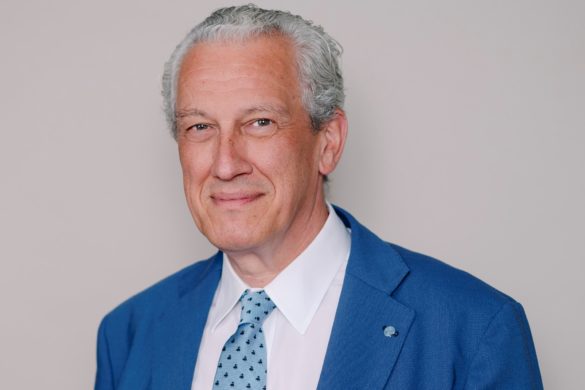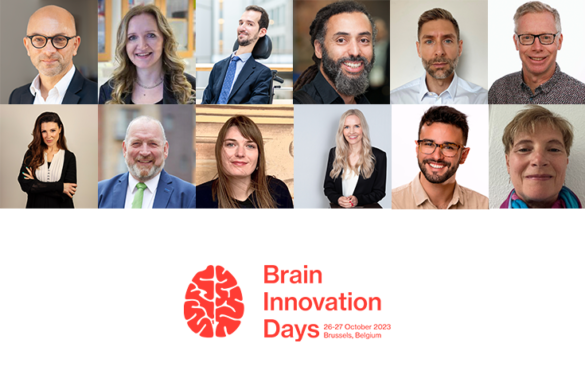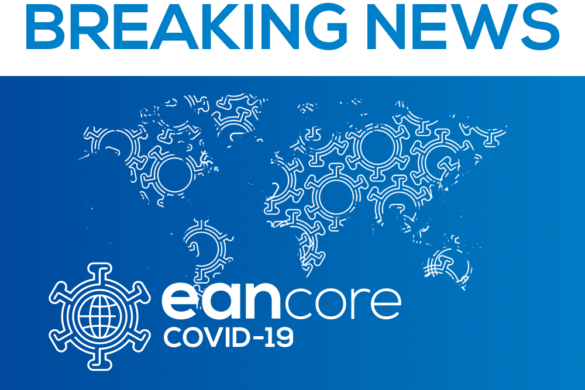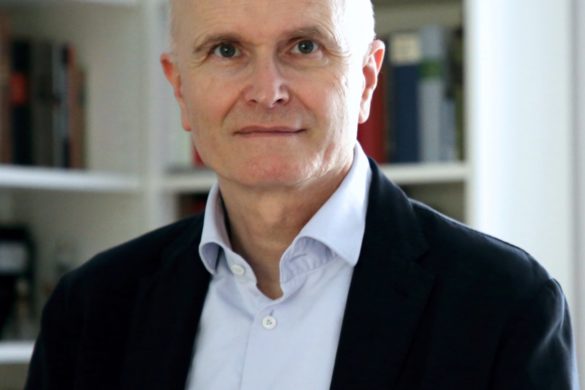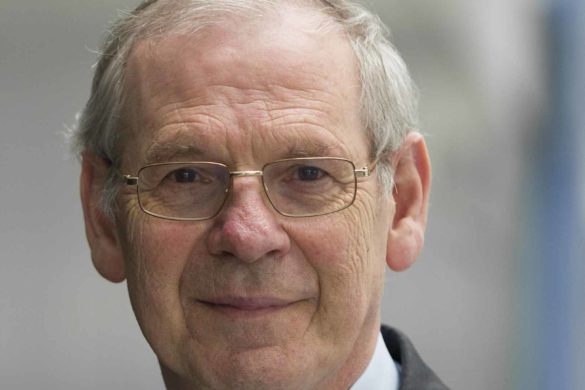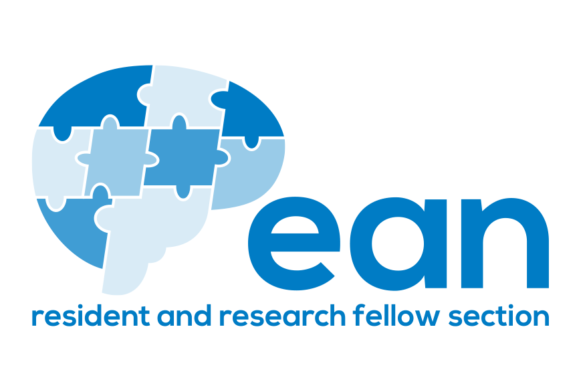Sweden, population 10 million, is the largest of the Nordic countries. The population is concentrated to the southern large-city areas, including the capital Stockholm (population 2 million) and the cities of Gothenburg and Malmö. Geographically, Sweden is the third largest country in the EU. The northern parts of the country extend above the artic circle, but the climate is relatively mild (average temperature about 0°C in January and 21°C in July) on account of the Gulf Stream carrying warmer Caribbean water to the region.
Trade and travel have brought international influences to Sweden throughout its history. Coins from the Roman Empire have been found in excavations of settlements on the islands Öland and Gotland and findings of Arabic silver illustrates the far-reaching trade of the Viking-era city Birka – a UNSECO world heritage outside Stockholm. Sweden is a constitutional monarchy and the ancestor of the Swedish royal family Bernadotte was a French marshal in the army of Napoleon Bonaparte.
Ikea, H&M, Volvo, Skype, and Spotify are brands of Swedish origin that score high on international name recognition. Tourism is another important trade, with visitors attracted by forests and mountains throughout the year. Natural experiences are greatly facilitated by hiking-friendly legislation, making almost all land accessible to the public. Forests cover some 75% of Sweden, so unsurprisingly the forest industry is a main sector of the economy.
Swedish Health Care
Sweden has a Scandinavian-style welfare state, in which free health care is a corner stone. There are seven university hospitals. Health care is provided by regional governments (counties). In later years private companies have increasingly started to run hospitals and clinics as sub-contractors, but most hospitals are still run by counties. Regardless of the provider, the absolute majority of the health care delivered in Sweden is publically funded. International rankings generally give Swedish health care high scores regarding quality, but the systems perform worse regarding access. Waiting times for standard procedures can often amount to months.
 Swedish Academic Neurology: a brief outline
Swedish Academic Neurology: a brief outline
In 2012, it was 125 years since the first chair of neurology was established at the Karolinska Institutet in Stockholm. 1887, only a few years after Charcot´s appointment in Paris, the first Swedish professor of neurology, PJ Wising, started his activities at the Karolinska Institutet including clinical teaching at the Serafimer Hospital in Stockholm. The establishment of his professorship was made possible thanks to a private donation. Already in 1888 it was decided that 2 months, of the 8 months that the medical students spent in the clinic of medicine, should be mandatory to spend in the new neurological clinic. PJ Wising, who had visited Charcot several times, left the professorship already 1890 due to health problems. After a short interlude by AT Hwass during 1890 the new appointed professor was F Lennmalm who had the chair of neurology for more than 30 years and also held the position as president of the Karolinska Institutet for six years. Lennmalms main scientific interest was lues. He was succeeded by H Marcus 1924-1931, interested in diseases of the basal ganglia. The next professor of neurology was N Antoni who held the chair from 1931 to 1954. Antoni had broad neurological interests and during his time there was a strong expansion of neurology. Antoni also took the initiative to establish the Swedish Neurology Society in 1938. During his time, five new professors were trained at the Serafimer Hospital to set up and establish new departments of neurology outside Stockholm. 63 years after the first Swedish chair of neurology, the first chair outside Stockholm was established in Lund 1950, followed by Gothenburg 1951, Uppsala 1958 and Umeå 1960. The latest university hospital with a new chair of neurology was Linköping in the 1970´s. In summary, the Swedish academic neurology was established early in an international perspective, grew slowly during many decades and is now thriving and growing.
Neurology in Sweden
There are currently about 450 practicing neurologists in Sweden. Most are active at university clinics or large regional hospitals. The number of neurologists puts Sweden towards the lower spectrum of neurology density in Europe, and an even greater shortage is expected since many neurologists are approaching retiring age. Training numbers have increased, but coordinated efforts are difficult in the regionalized health care system.
Presently, the shortage of neurologists is surpassed by a more pressing shortage of nurses leading to a lack of beds in neurology wards. Since many neurology services depend on multidisciplinary teams, recruitment of nurses is a key issue also for outpatient care. Next year will see the launch of a master-level education for nurses wanting to specialize in neurology, a step that will hopefully facilitate recruitment.
Equal access to care has been a major challenge for Swedish neurology in the last decades. The larger cities are relatively well supplied with neurologists, in contrast to rural areas, which can completely lack neurology services. The national government, which oversees the health care provided by the counties, have tried to remedy this by issuing national guidelines for several major diseases – highlighting minimum levels of care. In neurology, such guidelines now exist for stroke, movement disorders, multiple sclerosis, and epilepsy. Implementation is on-going. Equal access has also been important in development of logistics for stroke revascularization procedures. The Swedish geography is a natural challenge, but pre-hospital sorting of patients with severe stroke to larger centres with thrombectomy capacity has greatly expanded coverage and is now implemented in large parts of the country.
Swedish neurology has many active international researchers and frequently hosts international meetings, like the 2010 ECTRIMS meeting (Gothenburg), the 2012 EFNS meeting (Stockholm), the 2018 ESOC Stroke meeting (Gothenburg) and the upcoming 2019 ECTRIMS meeting (September, Stockholm).
The Swedish Neurological Society
The Swedish Neurological Society has 440 members, including the section for neurology residents. It is a member organization of the EAN and WFN and also of the two physician organizations in Sweden, the Swedish medical association (the union for doctors) and the Swedish Society of Medicine (the scientific organization).
Among the tasks of the Swedish neurological society is providing a neurological perspective on current issues to legislators or government agencies. In addition, the society tries to influence policy by highlighting the shortage of neurologists and resources for neurological care. The organization also hosts an annual meeting in May, which is the main continuous education activity for Swedish neurologists.
On behalf of the Swedish Neurological Society,
Johan Zelano, President Elect
Sten Fredrikson, EAN Delegate of Sweden




